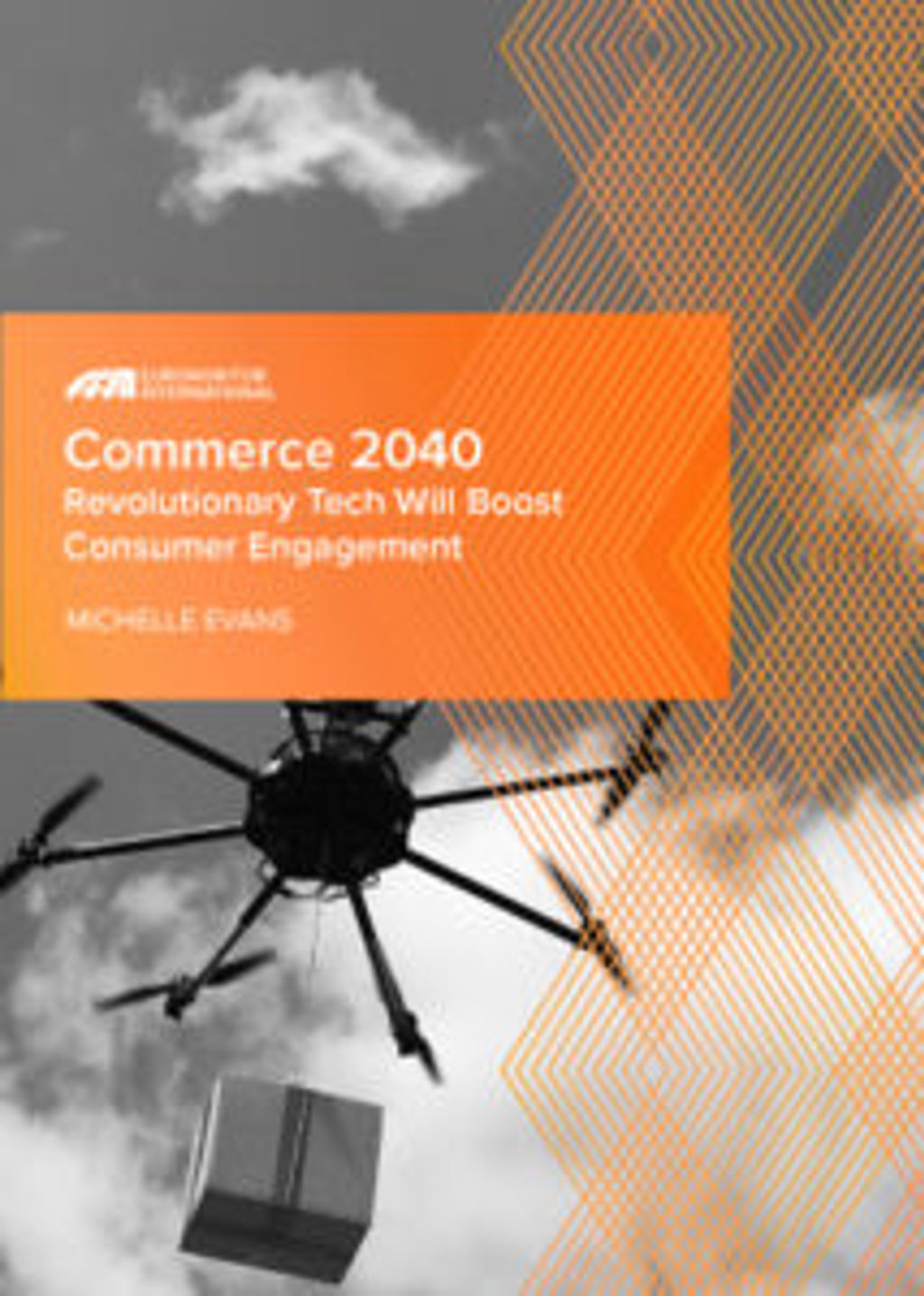This post originally appeared on Forbes.com.
Not too long ago, big brands and retailers could work in tandem to monopolize the market. Mass production, distribution and advertising kept these companies at the top of their industries. But, digital connectivity ushered in a different way of doing things.
The internet lowered the barriers to entry. Social media redistributed power, giving smaller companies and end-consumers more of a voice. The rise of e-commerce made it feasible for digital brands to bypass retailers altogether and go directly to end-consumers. That moat that big brands once had surrounded their empires is disappearing.
As an example, shares of Procter & Gamble’s Gillette have fallen 20 percentage points in the U.S. men’s razor market since 2008, according to data from Euromonitor International. Upstarts like Dollar Shave Club, acquired by Unilever in 2016 for $1 billion, and others such as Harry’s and Bevel now have a combined market share of 12.2% as of 2017, based on Euromonitor data.
Giants like P&G are losing their footing. They are having to rethink the way in which they conduct business. Simply put, they are being disrupted. Of course, digitally inspired disruption extends beyond men’s razors. Uber, Airbnb, Facebook—these are household names that immediately come to mind. Widespread internet access made it possible for digital-first brands to uproot numerous industries.
This particular trio of digital darlings rose to prominence by leveraging technology to introduce a new way of conducting business. Mobility sharing platform Uber does not own automobiles, accommodation provider Airbnb does not own real estate, and the largest social media network, Facebook, does not own content. These companies have been successful because of the platforms they created, not because of the value of their assets.
Since the dawn of the millennium, digital disruption has become the new normal with digital platforms serving an important role for some of these companies. Being digital is now a non-negotiable for companies, with the speed of this shift leaving many feeling like they are falling behind their competitors.
More than half of respondents in Euromonitor International’s Digital Consumer Industry Insights Survey view having a digital presence as an important component of their company’s value proposition, but the majority do not see their companies as leading their peers in this regard. In fact, only 15% of respondents in the February 2018 survey said their company was setting the pace for digital transformation.
Improving the customer journey was identified as a top concern among those business leaders in the same survey. Technology is slowly being more intertwined across all the steps in the path to purchase, including the customer experience, but this transition remains in its early days.
Companies that wish to remain relevant in the future will need to be present from discovery to purchase across all touchpoints of consumer activity. If the past was about the single purchase transaction, the future is about building a relationship. The companies that will win in this era will be those that are able to leverage data to build a much more direct relationship than was ever the case in the last century.
This need to maintain such ongoing relationships will lead to more service-oriented business models by 2040. For a durable goods manufacturer, this may lead to remote monitoring, performance analytics and predictive maintenance, for example. Connected appliances will enable the manufacturers of tomorrow to remain in contact with the end-consumer over the lifetime of a product. This would not have been the case in the past.
For retailers and brands, this need to build a relationship will give way to more subscription services that tap into the consumer desire to save time and money by automatically ordering such products. Some commerce sectors, which require continuous replenishment, are likely to become almost entirely automated. One industry that could be significantly impacted by passive consumption is home care, which includes products like dish soaps, laundry detergents and fabric softeners.
Subscription services have started to do this by measuring how frequently a family orders specific items from a retailer, based merely on their purchasing history. In the Internet of Things (IoT) era, consumption could be more accurately measured by the durable goods themselves, giving way to machine-aided commerce. While retailers will be part of this shift toward more passive commerce, the automation of certain purchase decisions will also create more opportunities for brands to go directly to consumers with such a service.
Ultimately, these scenarios are about getting access to the data that will allow companies to cultivate a long-term relationship with the end-consumer. The rise of IoT will mean that everything in the surrounding environment could communicate without human intervention. There will be more potential data inputs from a wider array of sources, which companies could leverage to improve consumer relationships.
Purchase automation and service-oriented business models were identified as the two ways that IoT is expected to most impact commerce in the next five years, according to the business leaders surveyed in February. Of course, that is the five-year view. These changes will become even more noticeable in the coming decades as more consumers are wired.
Continued technological advances will further redefine what it means to live, shop and play for consumers in 2040. The rate of change is likely to accelerate in the future, compared with what has happened since the dawn of the new millennium. The plethora of available technologies and the potential use cases will multiply. Undoubtedly, those rewiring commerce over the next 20 years will face a different set of challenges than the innovators that came before them. In addition, consumers in 2040 are likely to have an even bigger say than they do now. Fast forward 20 years and the world, and commerce conducted within it will be noticeably different from today.

